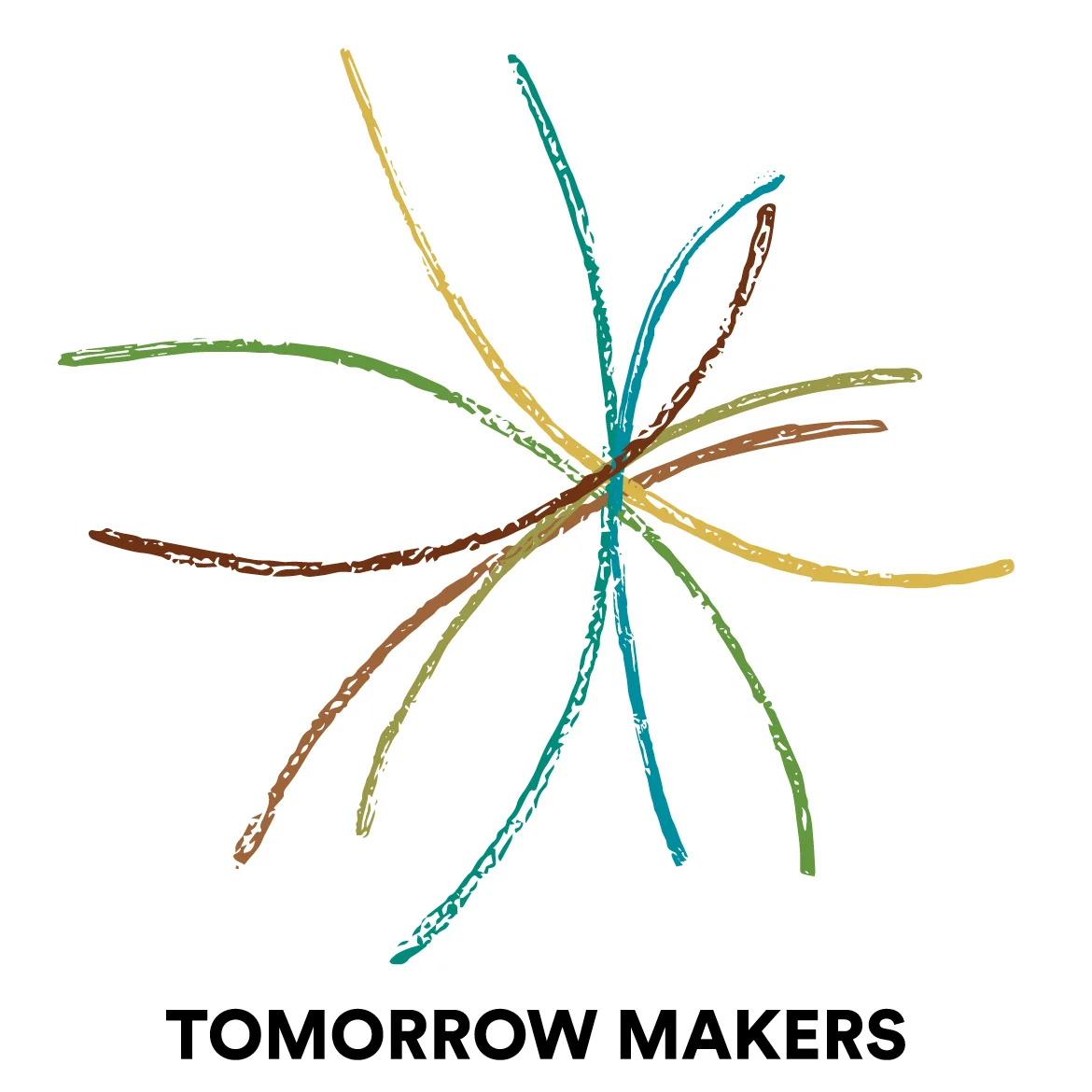A Singularity in Our Future
/The technological singularity is the theoretical emergence of greater-than-human superintelligence through technological means.[1] Since the capabilities of such intelligence would be difficult for an unaided human mind to comprehend, the occurrence of a technological singularity is seen as an intellectual event horizon, beyond which events cannot be predicted or understood.
Proponents of the singularity typically state that an "intelligence explosion", where superintelligences design successive generations of increasingly powerful minds, might occur very quickly and might not stop until the agent's cognitive abilities greatly surpass that of any human.
Wikipedia
I've been following the Singularity Movement through Kurzweil's blog for years. It has been facinating and curious to me. Much of what I read and hear seemed too complex for me to understand but I knew I could pick up the developing patterns.
So this past weekend I attended the Singularity Summit in San Francisco to come face-to-face with the thinkers and makers of the movement. I was curious to think about my own role in the coming years as the possibility of the Singularity unfolds and embeds itself in key decisions of governmental and corporate policies, strategies, as well as the everyday behavior of "we, the people."
I was attracted by the words for the Summit --
The Singularity is an event that could transform the world to its foundations in a way only comparable to the emergence of life itself. As converging technologies lead us towards the Singularity, we must ask ourselves: what is our own responsibility to ensure these technologies are used wisely and benefit everyone? We hope that the discussions here help you find your own answer to that question.
So having attended, what is my answer? I sat and listened with about 300 others to the 20 speakers. I was definitely one of the oldest people attending. I met professors in philosophy, AI, humanities, linguistics, biology and computer science, all there to listen, to absorb, and to further their own thinking. But it was the youth I was most excited by. There were a handful in their teens, but most seemed to be younger than 35, many in their early 20s. My friend, Sharon, who attended with me, and I were freely invited into small conversations with these young minds. They were open in their enthusiasm, visionary in their vision to improve the state of the world, and passionate in their explorations and doing-ness. Many participate, as fellows or staff or students, in Singularity University programs which has the express purpose of graduating students who will go forth and bring solutions to a billion people!!! So I asked them if this was an impossible goal and their answer was a universal, "No, we're on it" as if it was the most natural thing in the world.
I felt significant changes in my beingness as I listened and conversed. I seem to lose my place, the me I felt I knew. Many of my talents and ways of thinking about myself seemed to become inconsequencial. At times I recalled the feeling of being in an isolation tank ... floating, drifting in and out of reality. I found myself asking myself, "Who and what am I"? For the first time, I saw myself within the Singularity movement, not standing outside.
When one of the speakers announced that there was a Singuarity volunteers web site, I immediately went to and realized that I had no expertise for any of the volunteer jobs but one. I could spread the word in a responsible manner. My friend, Christine Peterson, from the Foresight Institute reminded us all that the Singularity movement is not foriegn to govenments or corporations. It is being actively explored by those with money and power. Our work as ordinary citizens then is to step up and learn as much as we can, to inform ourselves and to take part in shaping the Singularity movement into technologies and thought processes...into art and science... that are used wisely and benefit everyone.
Traditionally, we have let the governments and corporations do the work for us and look at the mess we are in! Now it is our turn. So as I play with the essence of the Singularity movement, what can I grok? What matters that I can do? Our future is not without risk but I don't think it is useful to spend my energies being fearful or fighting the movement forward. That is not me. I sense that Singularity plays some part in our emerging paradigm. Singularity is part of the core seeds we are sowing now that will play out well into a future of some sort. I plan to advocate that the best aspects of our humanity join with the movement and insure we have a collective, active partnership with technology moving forward. In some ways, I think this is nature's most elequant and challenging design evolution. Should she succeed, perhaps we will come to know ourselves for the first time.

